HTSI editor’s letter: the art of belonging
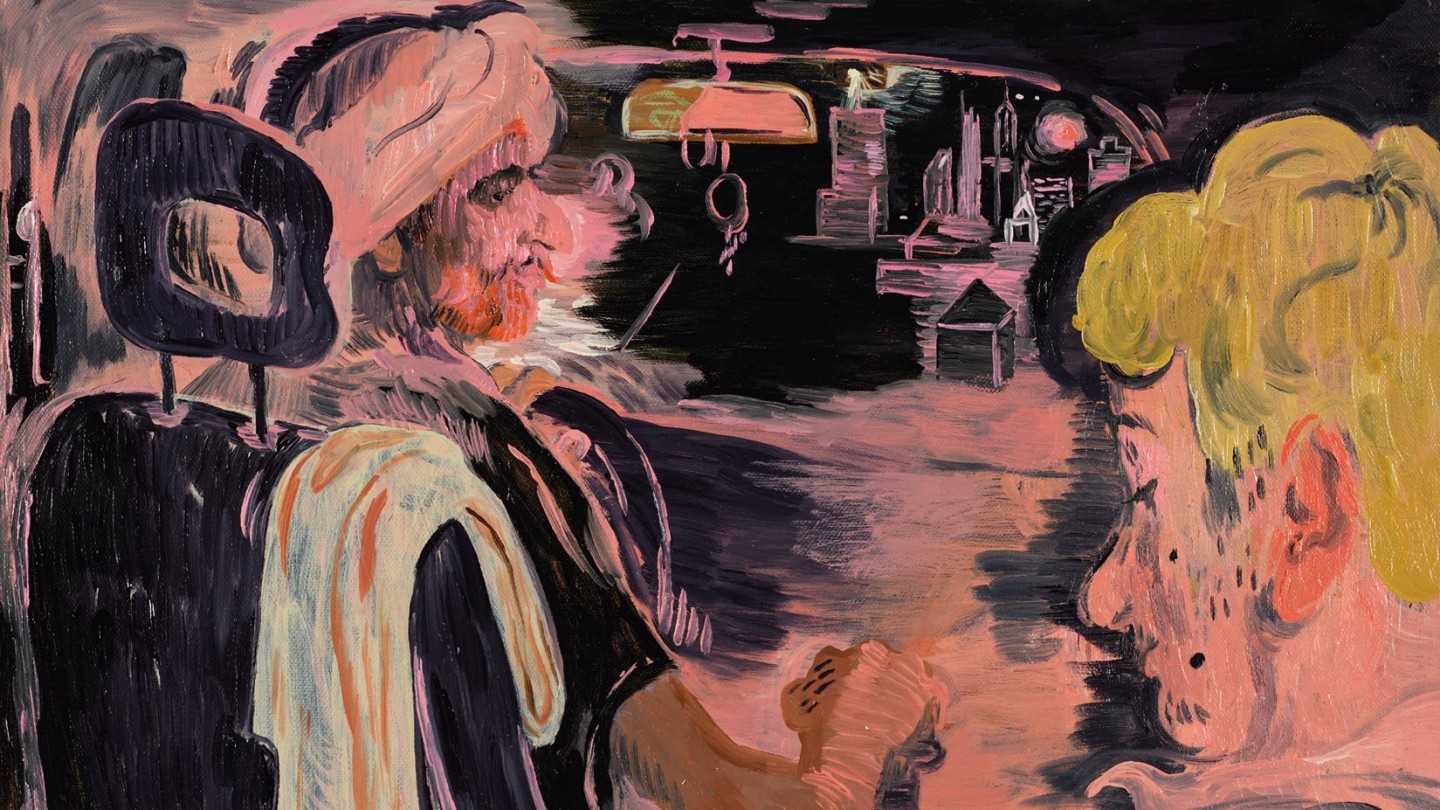
Roula Khalaf, Editor of the FT, selects her favourite stories in this weekly newsletter.
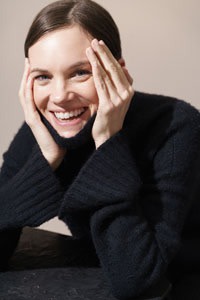
This issue, “the art of belonging”, takes a moment to look at how our environment and the people who surround us fuel our creative juice. Lin-Manuel Miranda launched his career from a porch step near his family house in Inwood and, even though he has since gone international, he has retained an unshakeable loyalty to the neighbourhood he still calls home. His commitment to showcasing the full breadth of talent of New York’s artistic community has been instrumental in reshaping the city’s culture and helped usher in sweeping changes along The Great White Way. This June, he will once again lead the Uptown Arts Stroll, an annual initiative that opens northern Manhattan to a wider audience (as well as nurturing that area’s artists) via a month of events. Christina Ohly Evans joins him at the Sugar Hill Children’s Museum of Art & Storytelling to find out why he’s so fiercely connected to his roots.
Not everyone finds stimulation on their childhood shuffle (sorry, Croydon). Some people alight on their pathway via completely different soil. Maria Shollenbarger goes to Marin County in northern California to meet the artists who have been drawn to this quiet enclave, transforming it into an exciting creative hub. The area has lured everyone from Jack Kerouac to Dave Eggers, and from Allen Ginsberg to The Grateful Dead’s Bob Weir. All speak of being beguiled by the region’s misty vistas and the energy they draw from the hills around Mount Tam. What can I tell you? It’s northern California: but Rich Stapleton’s accompanying portfolio offers a more tangible explanation for the county’s seductive pull.
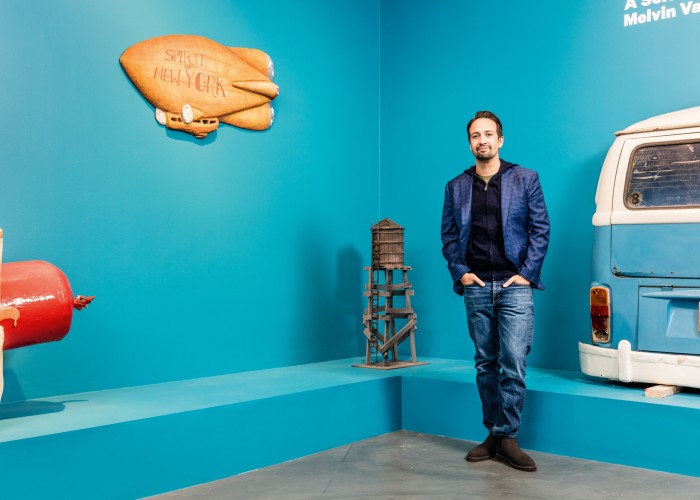
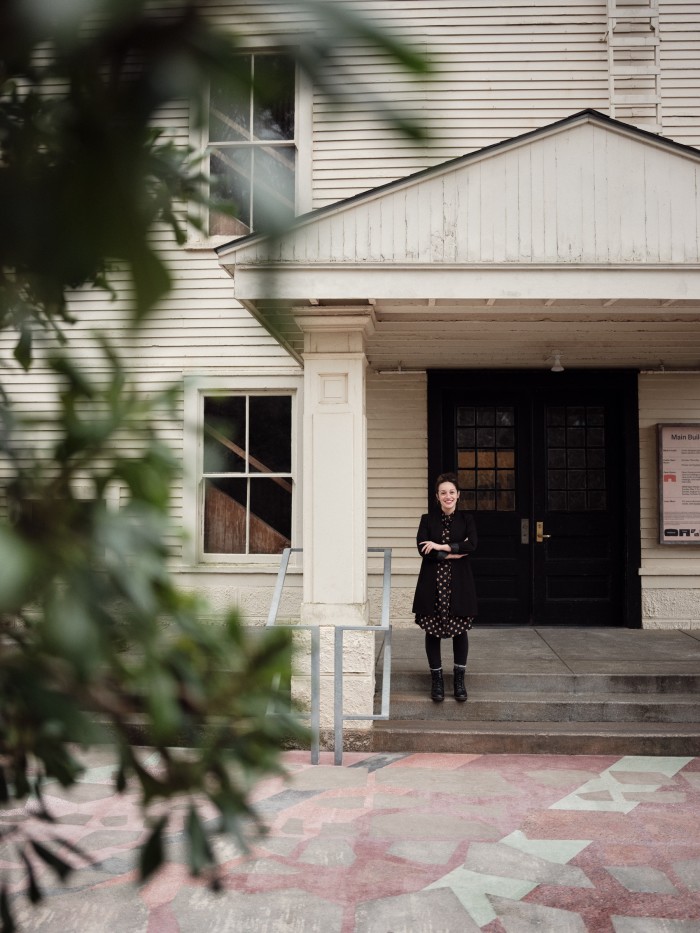
Pablo Picasso arrived at the Château de Boisgeloup in Normandy in 1930, having bought the property to share with his then-wife Olga and Paulo, his son. Far from the distractions of Paris, though not too far from those of his lover, the château’s stables were quickly co-opted to become his studio, where he was to embark on the sculptures that represent some of his lesser-known but no less important work. Fifty years after his death, the property is now owned by his grandson Bernard Ruiz-Picasso and his wife Almine Rech, where they run a foundation to build Picasso’s legacy and mount exhibitions by more recent contemporary names. They kindly opened their doors to Gilles Khoury, who finds the home still infused with the residual magic of being touched by the master’s hand.
US-based Pakistani artist Salman Toor explores identity and belonging in his artworks, retracing his childhood, the experience of immigration, his queerness and much more beyond. A lot of his work is distinctive for its focus on a gorgeous, almost absinthe-coloured palette, a technique he likens to looking at life as through a wine bottle while drawing on the emerald pallor that often characterises the animated world. In conversation with Louis Wise, he talks about his inspirations, acceptance and the speed at which his popularity has grown. He’s also very funny. I’ve got a lot of time for anyone who swerves accusations of pomposity in their subjects by adorning his leading characters with an elongated, somewhat phallic-looking nose.
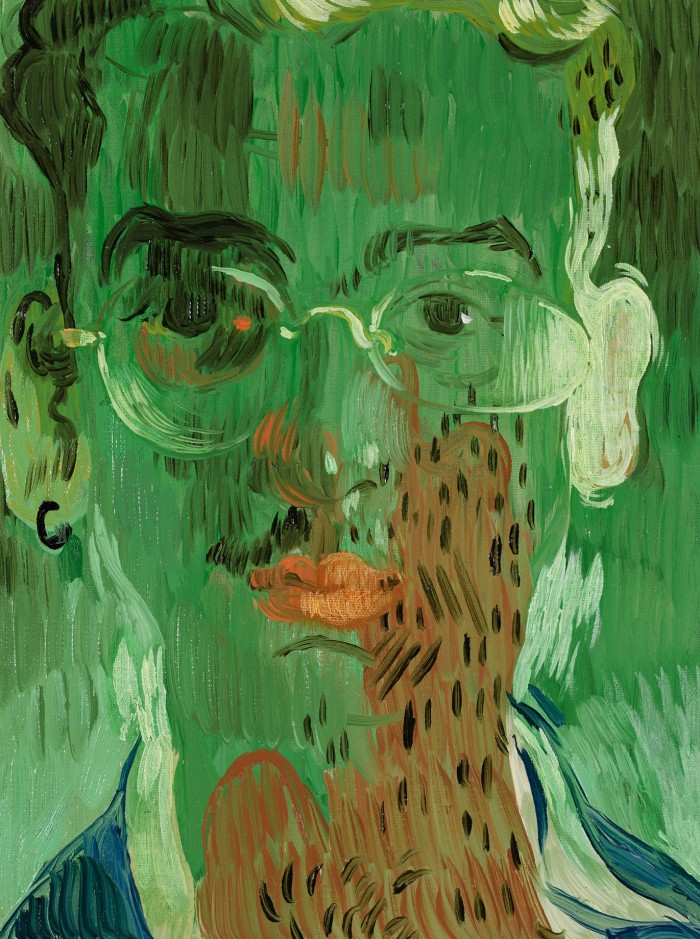
Lastly, for this week’s Aesthete, I had the pleasure of meeting Matthew Modine at the Gielgud Theatre, Soho, where he is playing Atticus Finch in To Kill a Mockingbird. A loquacious, expansive, supremely easy-going actor, Modine seems to be able to adapt to any environment, from the drive-through cinema he worked in as a child in Utah, to New York, where he arrived as a young actor, and the rigours of a Kubrick set in east London where he was pretending to be fighting in Vietnam. He seems to have met everyone and done it all and got the T-shirt (especially the free ones). Perhaps the most successful creatives are those who create a community in any environment where they find themselves, and then quickly and surreptitiously take their position centre stage.
HTSI newsletter
For the best of HTSI straight into your inbox, sign up to our newsletter at ft.com/newsletters
Comments